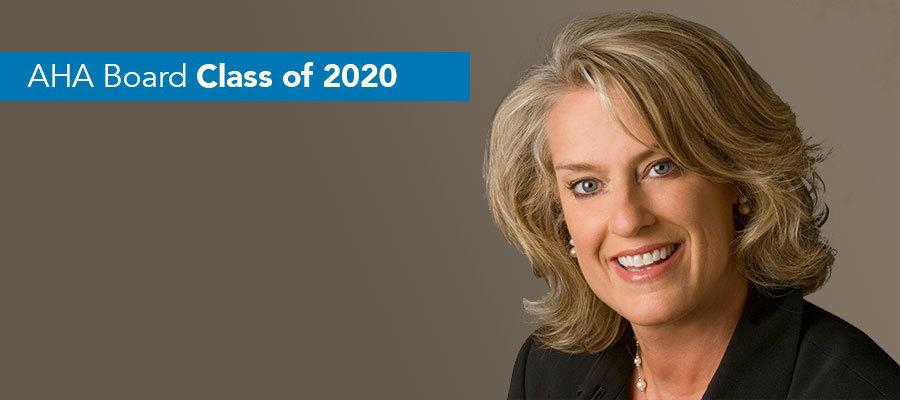Allegheny Health Network Chief Nursing Executive Claire Zangerle ‘Inspired’ by Hospitals’ Contributions

Claire Zangerle could never have predicted just how much leaving her position as chief nursing officer at the Cleveland Clinic to become the president and CEO of the Visiting Nurse Association (VNA) of Ohio would change her life.
“I don’t think I would have had the opportunities I have had professionally if I had not gotten out of my acute care cocoon,” she said.
Those opportunities included the chance to make important clinical and operational advancements at the VNA. Zangerle put initiatives in place to reduce hospital readmissions and boost referrals to home health, hospice and private duty care providers.
“I am confident the significant work done had a positive effect on the patients that we served,” she said.
But Zangerle found herself without many nursing leader peers in her new role focused on post-acute care. So, she reached out to Pam Thompson, who at the time was president and CEO of the AHA’s American Organization of Nurse Executives (AONE). The timing was perfect – the AONE board was looking to diversify and include non-traditional nursing leadership and saw Zangerle as a great fit. During her tenure on the AONE board, Zangerle served and led committees to create nurse leader competencies for post-acute care and population health initiatives.
Zangerle served three years on the AONE board, which led to her AHA board appointment. Now, she serves as the chief nurse executive at Allegheny Health Network in Pittsburgh.
“The AHA supports all health care organizations, not just hospitals,” Zangerle said. “The most valuable benefit the AHA brings to its members is the ability to address health care issues across the continuum. In the whole effort to ‘redefine the H,’ they’ve included all providers: acute, ambulatory, post-acute and even payers. The vision of the AHA in terms of inclusivity and recognizing health care happens everywhere is what’s making AHA valuable as a partner and a leader.”
As a member of the AHA’s Quest for Quality Award committee, Zangerle is inspired by the contributions she’s seeing from AHA members.
“There is some amazing work that is occurring across the country that is a result of the AHA strategic initiatives,” she said. “It’s a framework for most of our members and I want to make sure that we can tell their stories.”
In addition, she also is finding purpose in helping lead the AHA’s Hospitals Against Violence initiative.
“When people think about Hospitals Against Violence, what is top of mind may be an active shooter, but it’s so much more than that,” Zangerle said. “It’s internal violence, and it’s external violence. And it’s affecting our health care workers. It’s civility internally; it’s how to deal with all types of violence and support our staff and the patients we serve.”

